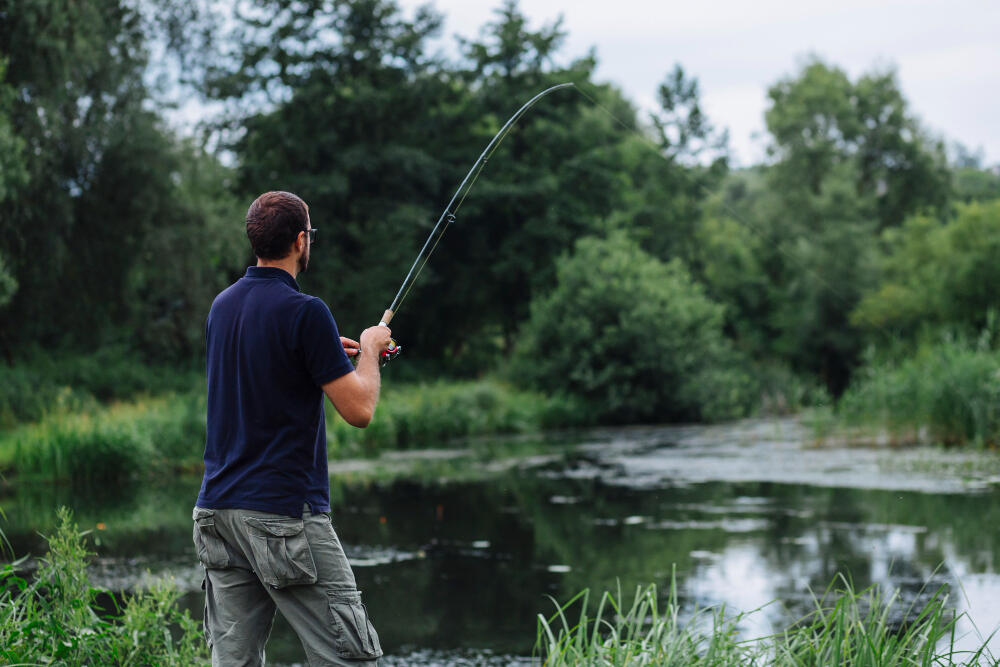Ontario is a paradise for anglers. With over 250,000 lakes and countless rivers and streams, the province offers endless opportunities for fishing year-round. Whether you’re chasing trophy walleye in the north or casting for bass in southern waters, understanding Ontario Fishing Zones and fishing seasons in Ontario is essential to making the most of your angling adventures.
From the majestic shores of Lake Superior to the hidden gems in the Kawarthas, Ontario’s waters are regulated to preserve fish populations and maintain ecological balance. That’s where zoning, seasons, and permits come into play. In this guide, we’ll walk you through everything you need to know about fishing zones, seasons, and regulations—so you can fish legally, responsibly, and successfully across the province.
What Are Ontario Fishing Zones?
Ontario Fishing Zones are geographic divisions used by the Ministry of Natural Resources and Forestry (MNRF) to manage and regulate fishing activities throughout the province. These zones—20 in total—cover different parts of Ontario and have specific rules regarding:
-
Open and closed seasons
-
Catch and possession limits
-
Size limits
-
Permitted gear and techniques
-
Protected species
For example, Zone 10 (Sudbury area) may allow pike fishing year-round, while Zone 17 (Peterborough area) might restrict it during spawning months to protect fish populations. The rules vary depending on the species and the ecosystem of the region.
Map of Ontario Fishing Zones
Ontario is divided into 20 zones, ranging from the southern tip near Windsor to the remote reaches of the James Bay coastline. Each zone has unique environmental conditions, water systems, and native fish species. Here are a few notable zones:
-
Zone 5 – Northwestern Ontario (Thunder Bay region) – excellent for lake trout and walleye
-
Zone 10 – Central Ontario (Sudbury) – known for smallmouth bass and northern pike
-
Zone 15 – Algonquin Park and area – pristine wilderness with brook trout and lake trout
-
Zone 17 – Kawartha Lakes – great for bass, perch, and muskellunge
Make sure to review the latest MNRF regulations and use their interactive zone maps before planning your trip.
Understanding Fishing Seasons in Ontario
Fishing isn’t a free-for-all all year long. To protect fish populations during critical periods like spawning, the MNRF sets defined fishing seasons in Ontario for different species and zones.
Common Season Guidelines (Vary by Zone):
| Species | Typical Open Season |
|---|---|
| Walleye | May to November (varies by zone) |
| Pike | Year-round in most zones |
| Lake Trout | January–March & May–September |
| Smallmouth/Largemouth Bass | Late June to November |
| Muskellunge | June to December |
Ice fishing is extremely popular in northern zones, where lakes freeze solid for months. Species like perch and pike are open during much of the winter, but lake trout and walleye may have restricted seasons.
Tip: Always check the official regulations for your specific zone before fishing, as fishing seasons in Ontario can change annually.
Do You Need Fishing Permits?
Yes, fishing in Ontario requires a valid fishing permit—unless you’re exempt (more on that below). There are two main types of licenses:
-
Sport Fishing License – Offers full catch and possession limits
-
Conservation License – Reduced limits, ideal for casual or youth anglers
You also need an Outdoors Card, which is valid for three years and must be carried with your license.
License Exemptions:
You don’t need a fishing permit if you are:
-
Under 18 or over 65 and a resident of Ontario
-
An Indigenous person with a status card
-
Participating in license-free fishing weeks (e.g., Family Day in February, Father’s Day in June)
Still, even if you’re exempt from licensing, you must follow catch limits and zone regulations.
Best Fishing Lakes in Ontario
With so many lakes to choose from, it’s hard to pick just a few, but some bodies of water are legendary among local and visiting anglers alike. Here are two of the best fishing lakes worth adding to your bucket list:
1. Lake Nipissing (Zone 11)
One of Ontario’s premier walleye lakes, Lake Nipissing also boasts strong populations of northern pike, perch, and bass. It’s ideal for ice fishing in the winter and boat fishing in the summer.
-
Closest City: North Bay
-
Notable for: Walleye, ice fishing, cabin rentals
2. Lake of the Woods (Zone 5)
Shared with Manitoba and the U.S., this massive lake is a multi-species haven. Anglers come from all over to fish for muskie, bass, crappie, and more.
-
Closest City: Kenora
-
Notable for: Trophy muskie, diverse habitats, and island camping
These are just two among thousands, so explore and find your hidden gem!
Winter Fishing Zones: Ice Fishing Legally
In Ontario, ice fishing is an exciting and highly regulated winter activity. But not all Ontario Fishing Zones allow ice fishing for every species.
Before heading out with your auger, check:
-
If the lake is designated for ice fishing
-
What species are open during winter
-
Whether you’re allowed multiple lines or only one
-
Local safety advisories for ice thickness and access
Zones in the north tend to have more ice fishing opportunities due to longer and colder winters.
Top Ice Fishing Lakes: Lake Simcoe, Lake Nipissing, and Bay of Quinte.
Gear and Etiquette: Responsible Angling
Fishing in Ontario isn’t just about rules—it’s also about responsibility. Here are a few key tips:
What to Bring:
-
Fishing license and Outdoors Card
-
Zone-specific regulations (printed or digital)
-
Proper bait and tackle for the target species
-
First-aid kit, life jacket, and navigation tools for remote trips
-
Cooler or stringer for your catch
Leave No Trace:
-
Pack out all trash and fishing line
-
Avoid damaging spawning beds or sensitive areas
-
Respect catch-and-release zones
-
Do not transport live bait between lakes
Following proper etiquette ensures Ontario’s lakes stay clean and teeming with life for generations to come.
Planning Your Ontario Fishing Trip
A great fishing trip starts with smart planning. Here’s how to get started:
-
Pick a Zone: Choose your Ontario Fishing Zone based on your travel route, season, and target species.
-
Check Seasons: Confirm the fishing seasons in Ontario for your chosen zone and species.
-
Get Permits: Buy your fishing permit and Outdoors Card online or at licensed retailers.
-
Find Accommodations: Book a lodge, cabin, or campsite near your lake of choice.
-
Check Local Conditions: Look up weather, ice thickness, or water level reports.
-
Pack Accordingly: Prepare for everything from mosquitoes to sudden rain!
For family trips, consider zones with easy access, boat rentals, and nearby amenities.
Final Thoughts
Fishing in Ontario is more than just a hobby—it’s a rite of passage, a connection to nature, and a tradition passed down through generations. But to enjoy it fully and legally, understanding Ontario Fishing Zones, permits, and seasons is crucial.
Whether you’re exploring the best fishing lakes in summer or drilling holes in the ice in January, there’s something special about casting a line into these pristine waters. With proper knowledge, planning, and respect for the environment, your Ontario fishing experience can be safe, successful, and unforgettable.
FAQ’s
Q1. What are the best fishing spots in Ontario?
A: Top picks include Lake Nipissing for walleye and Lake Simcoe for ice fishing. The Kawartha Lakes and Algonquin Park also offer incredible multi-species fishing.
Q2. What fish are open in winter?
A: Species like northern pike, yellow perch, and some lake trout are commonly open during winter, depending on the zone. Always check your zone’s regulations for specifics.


